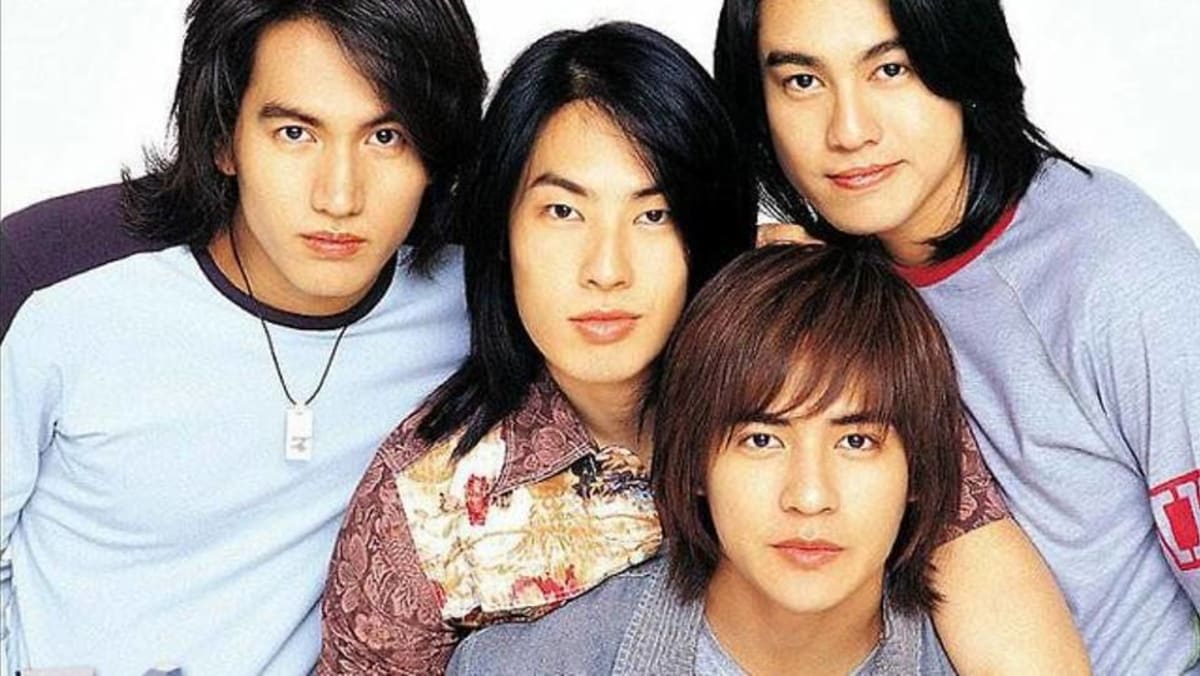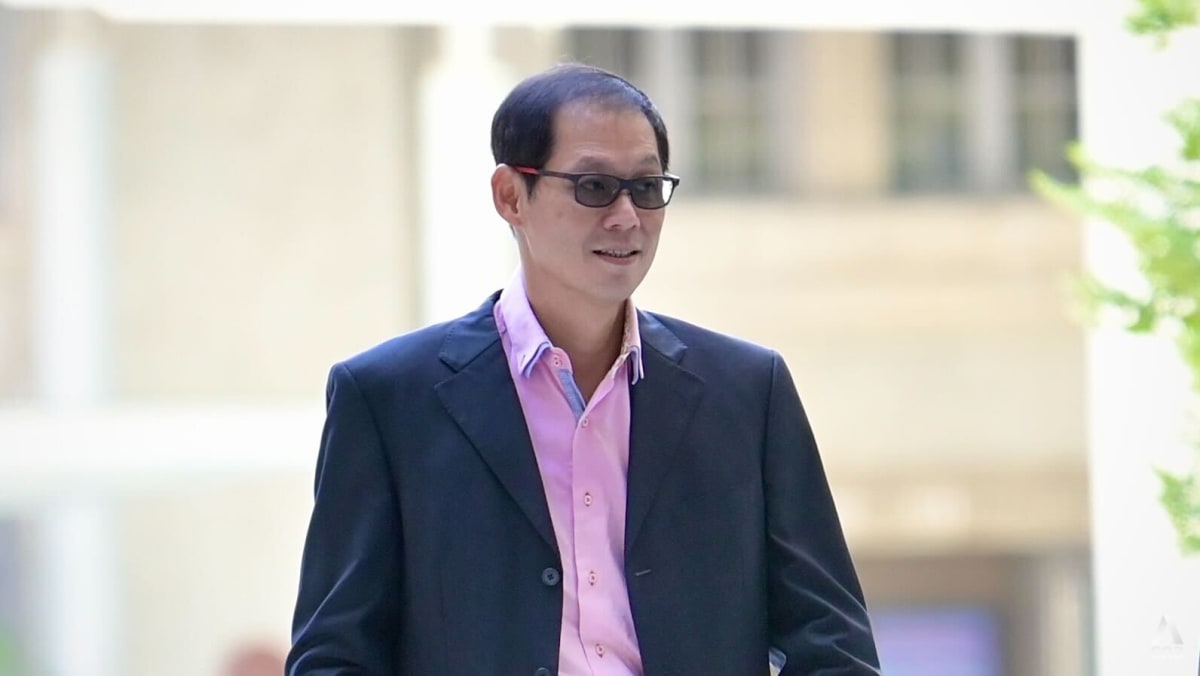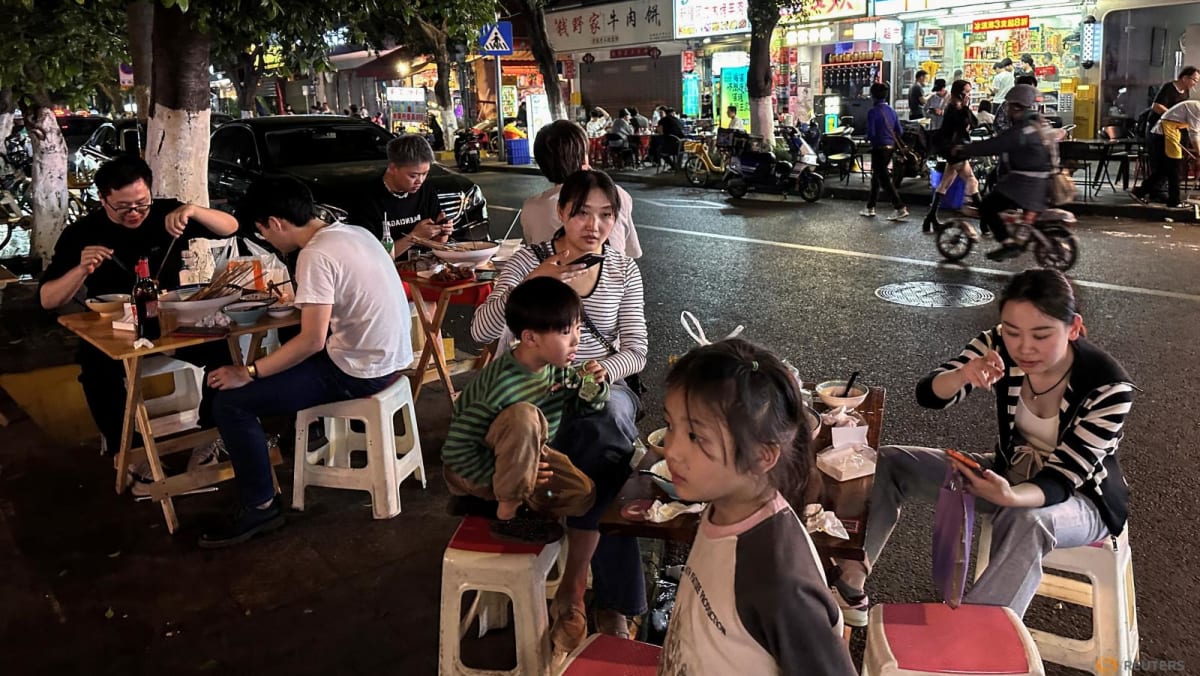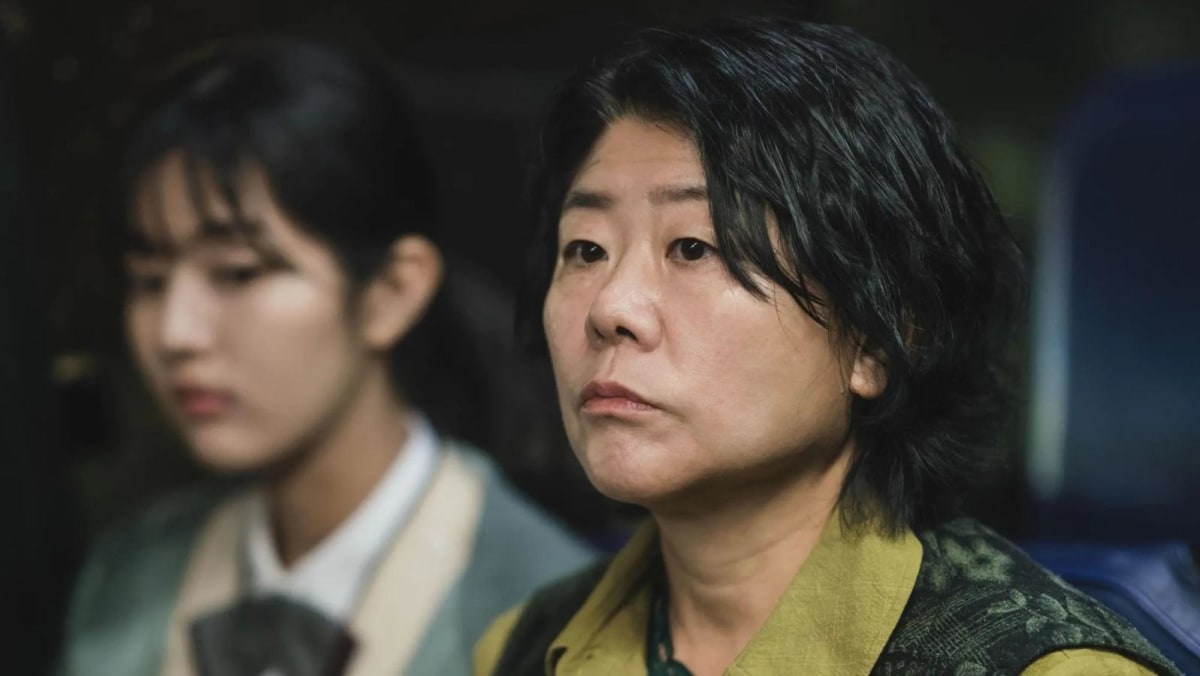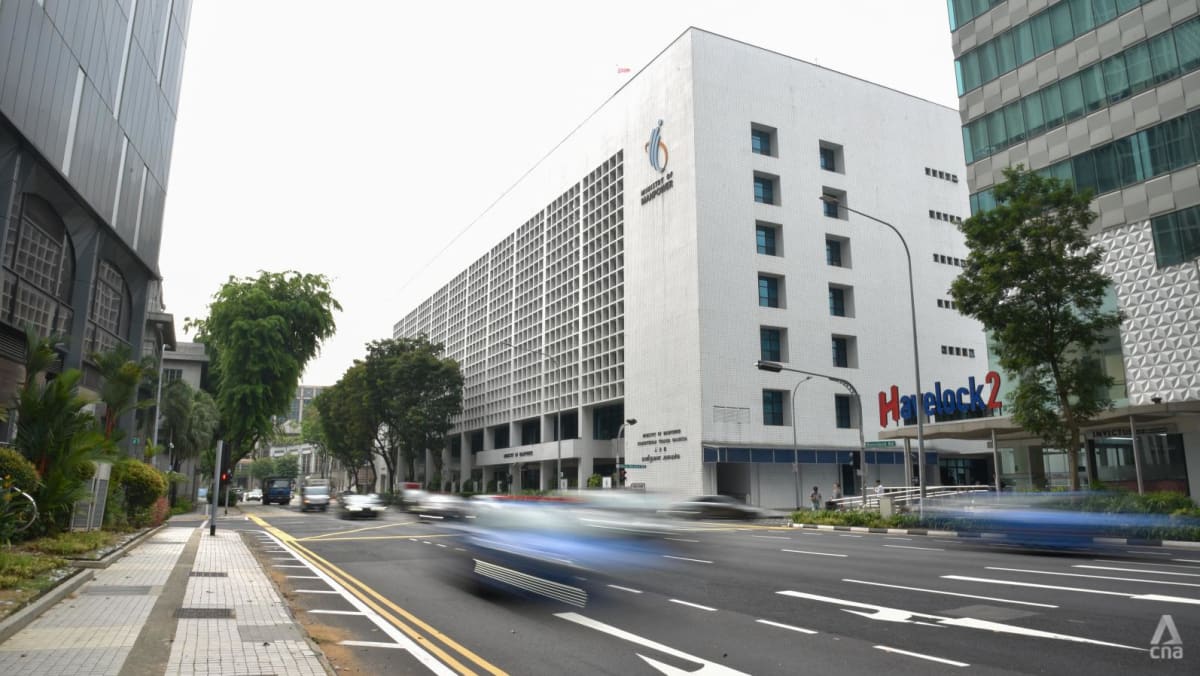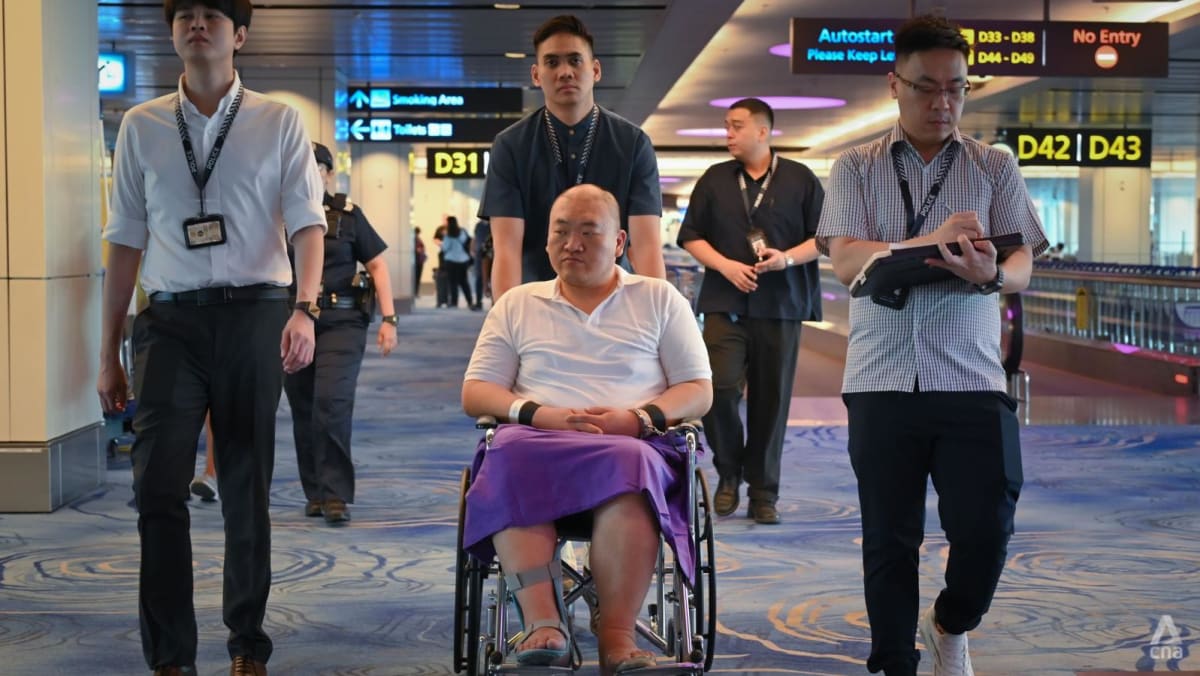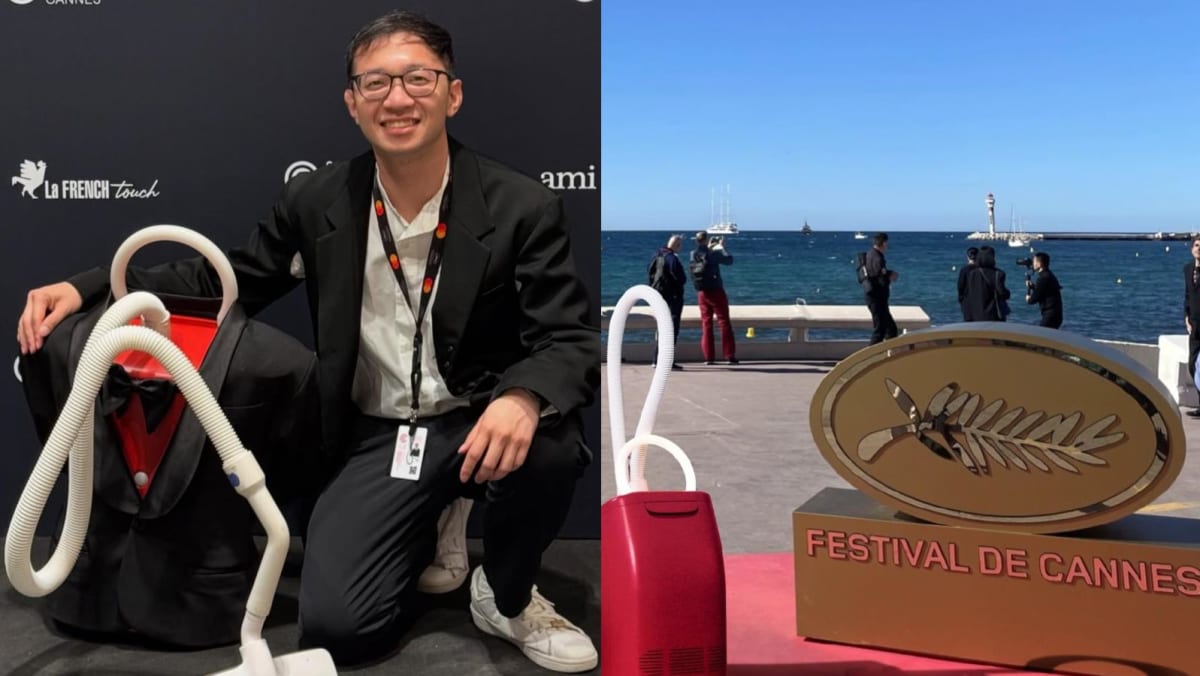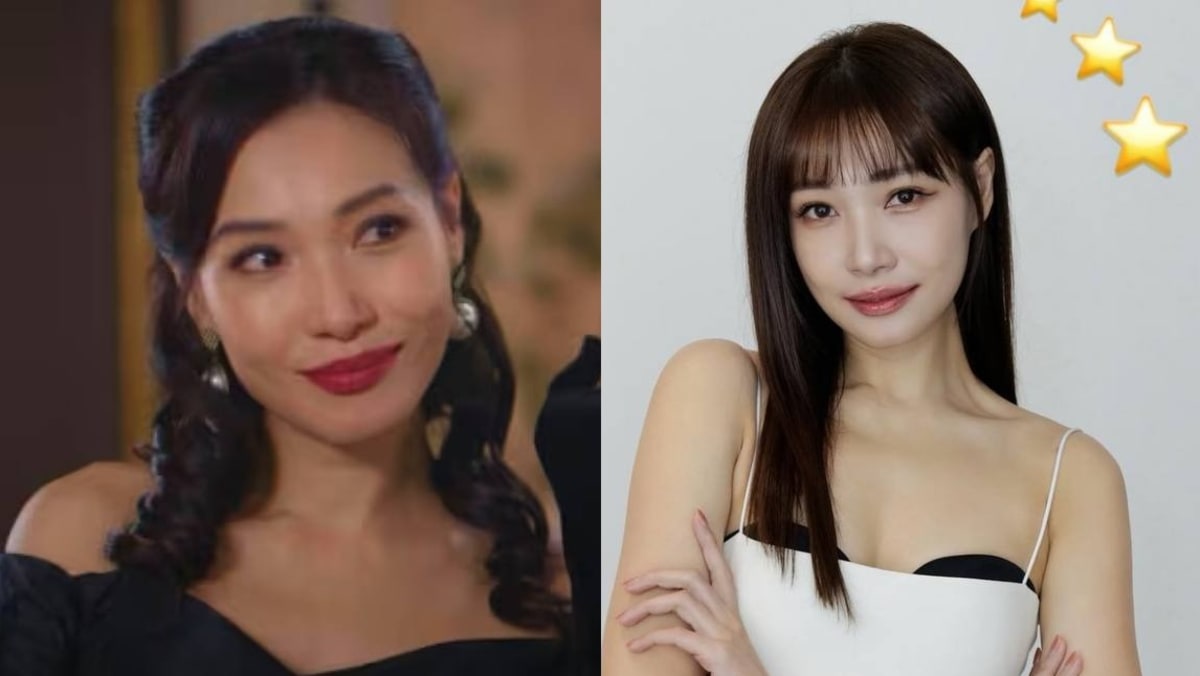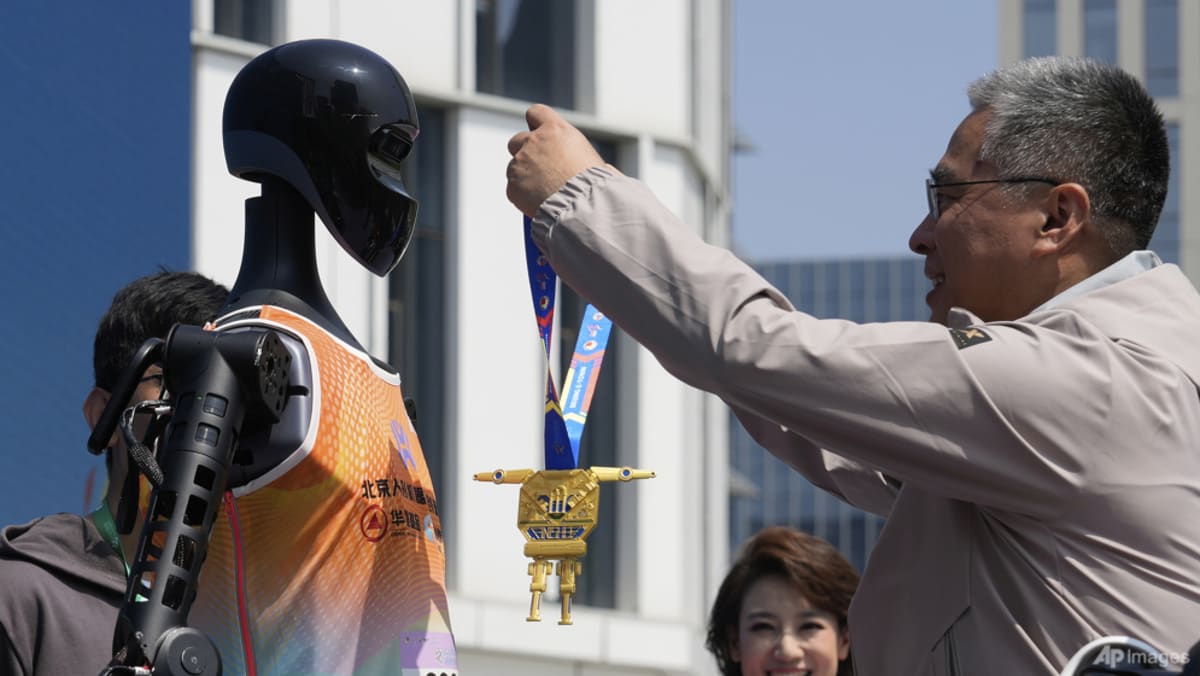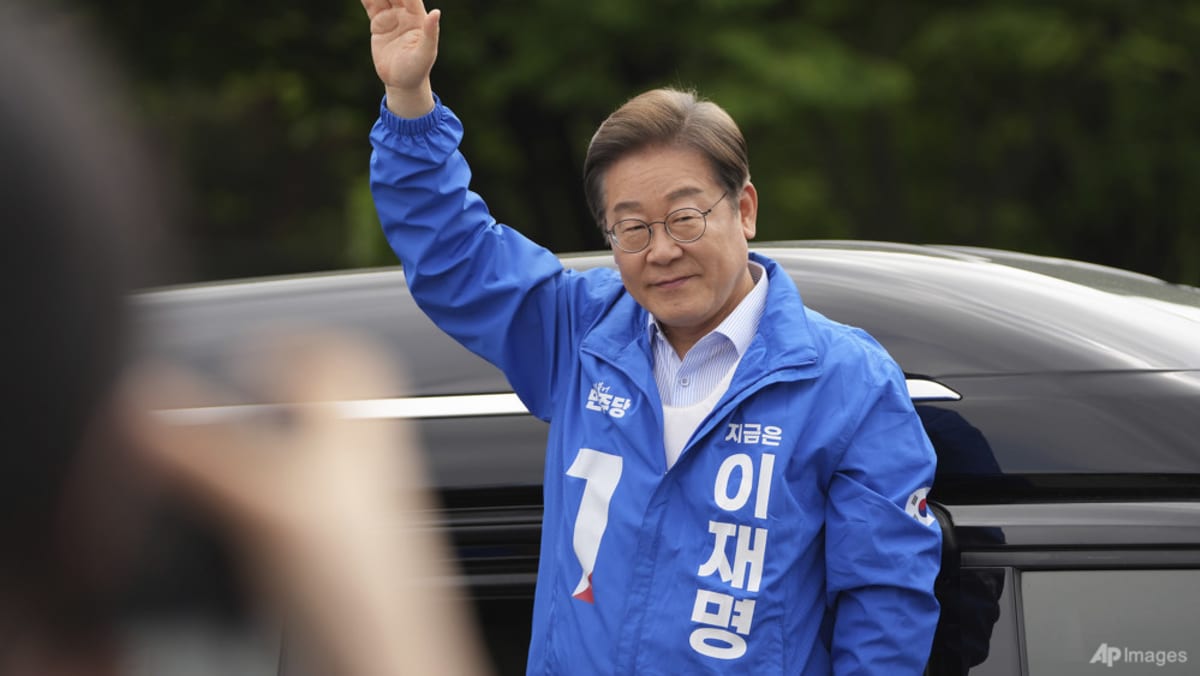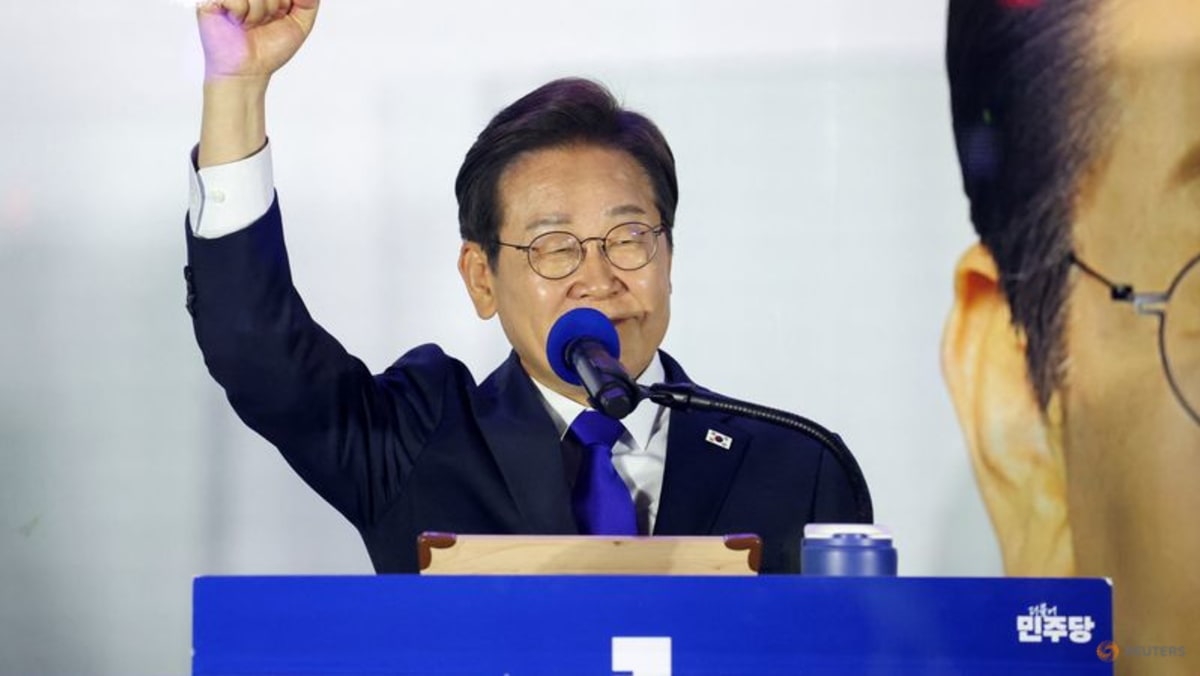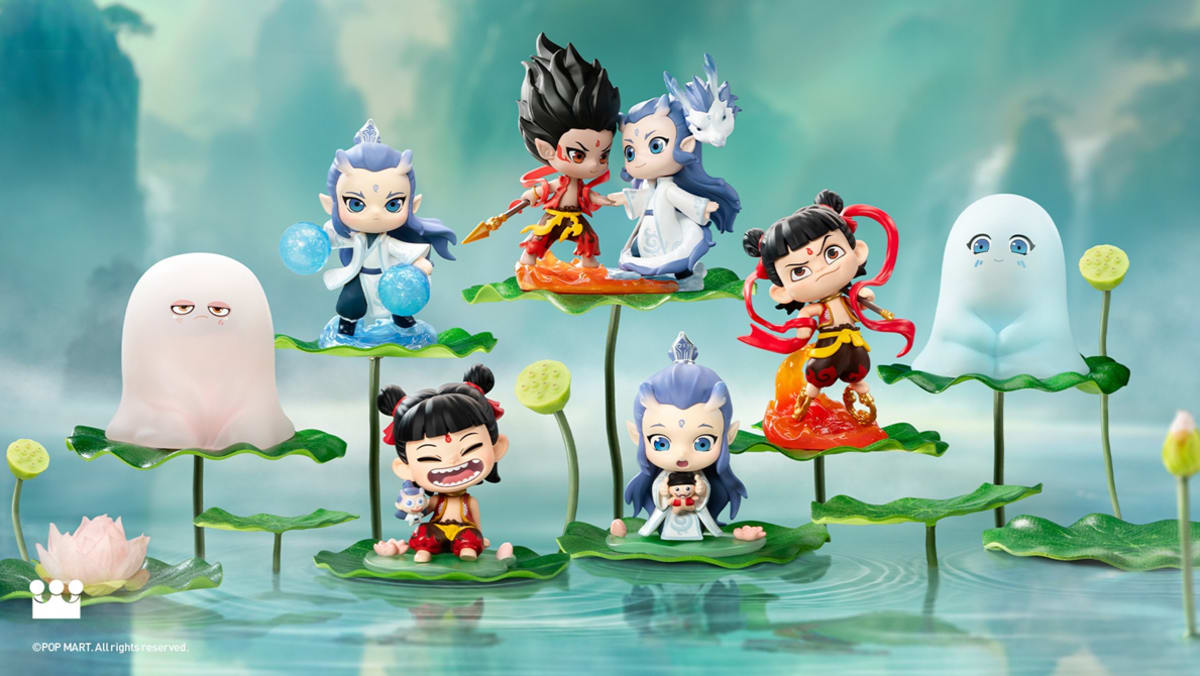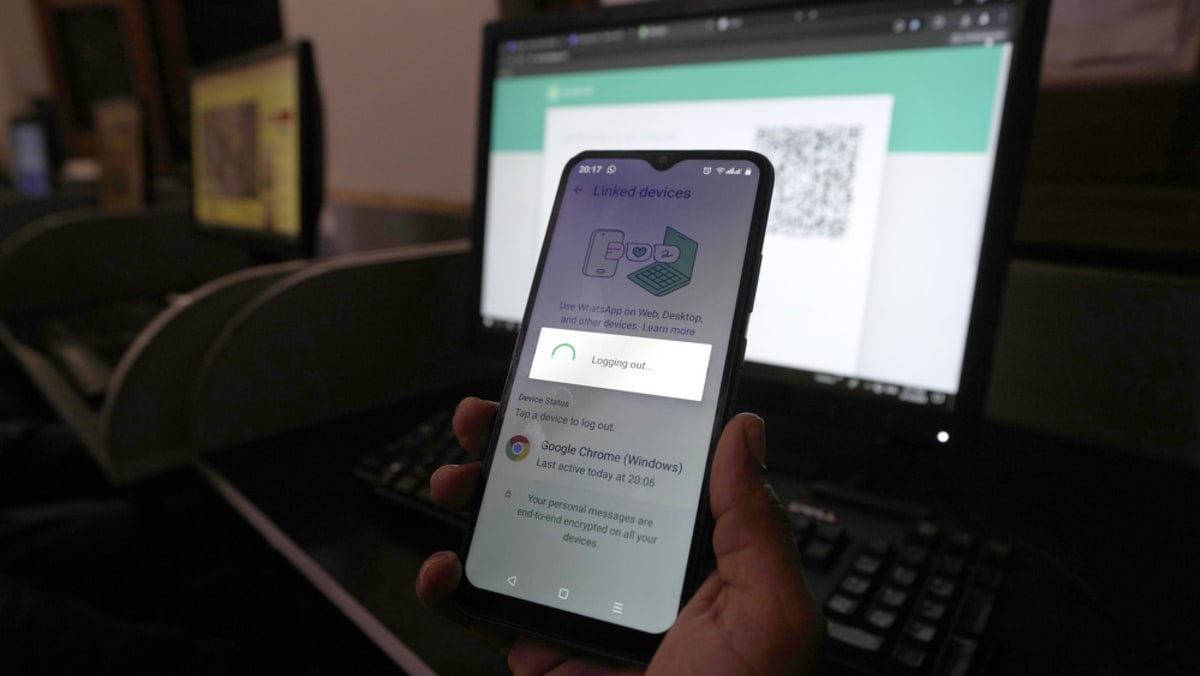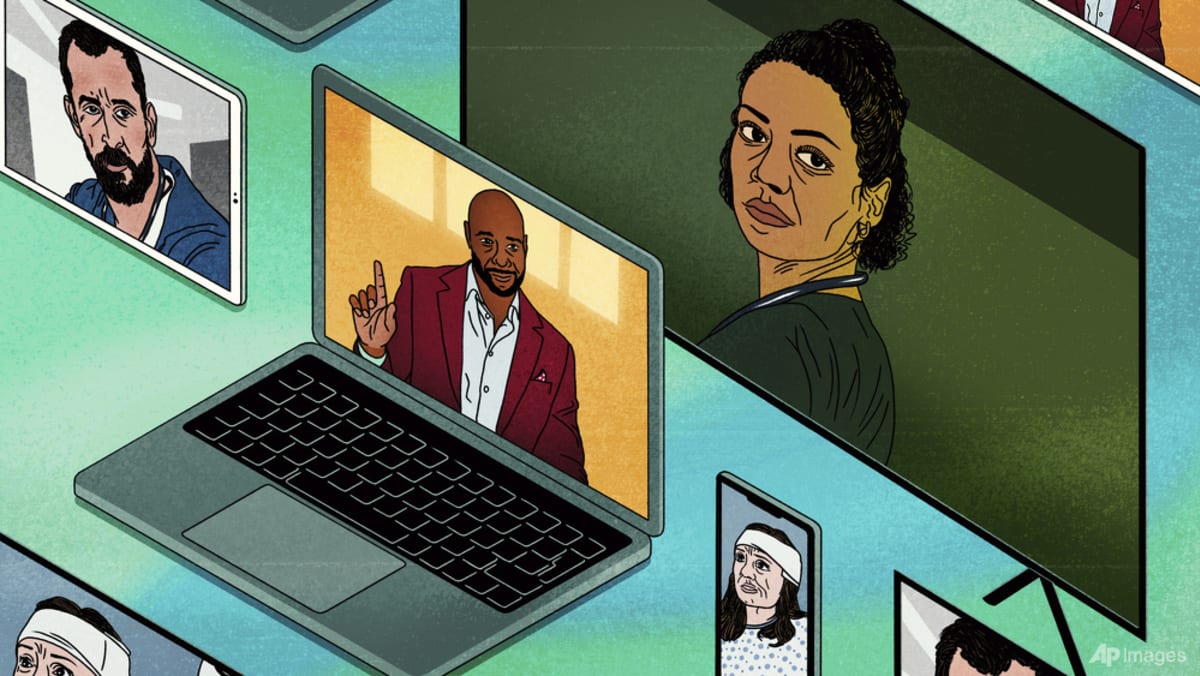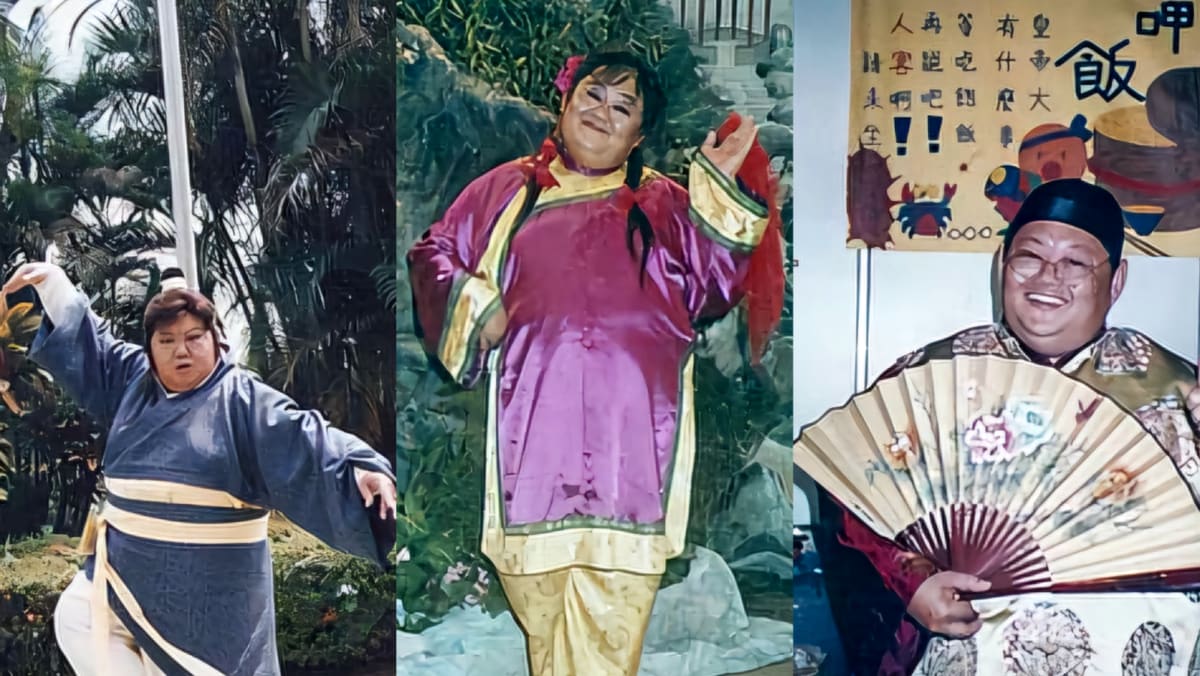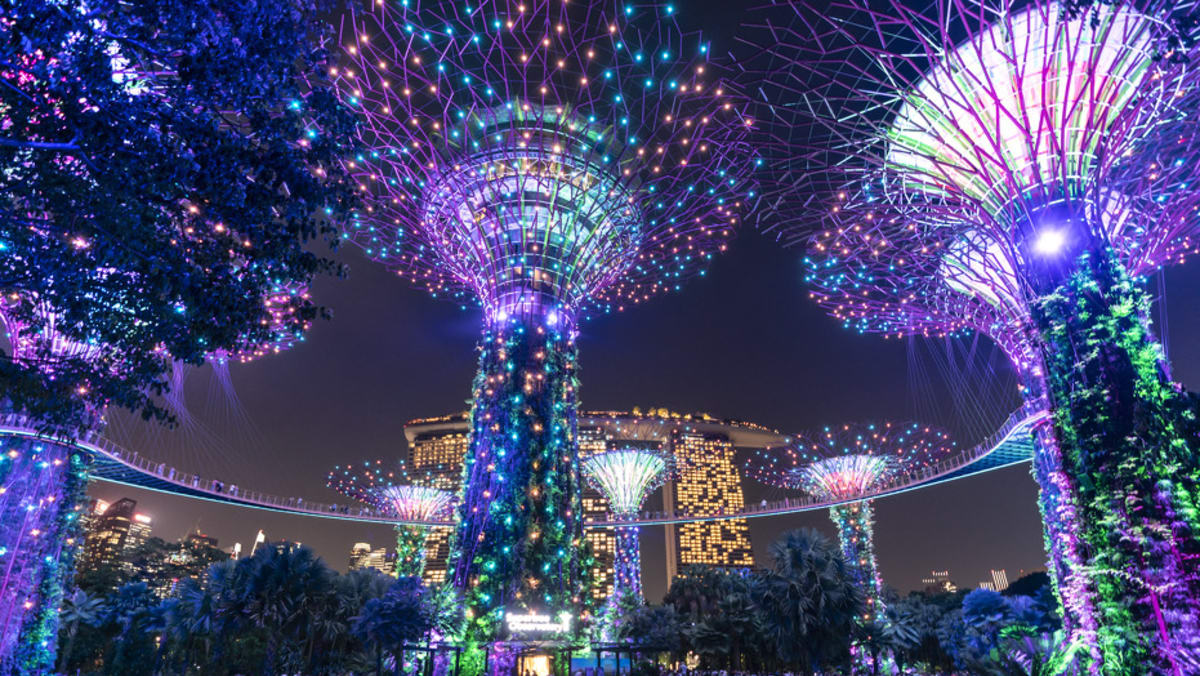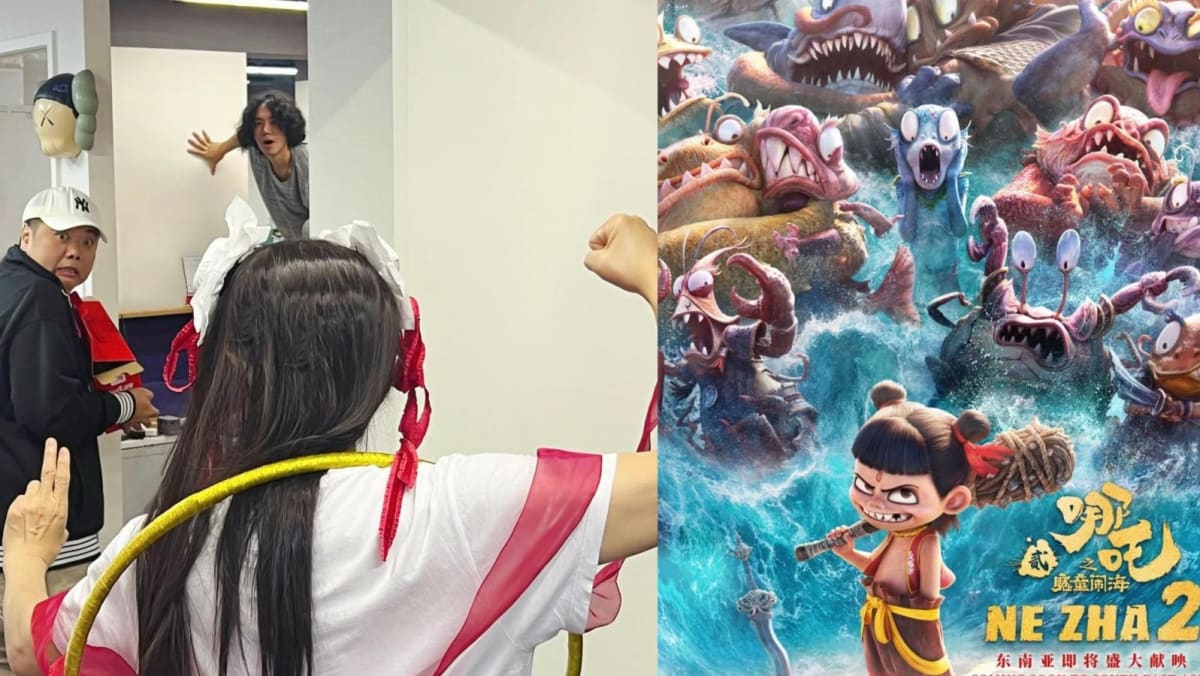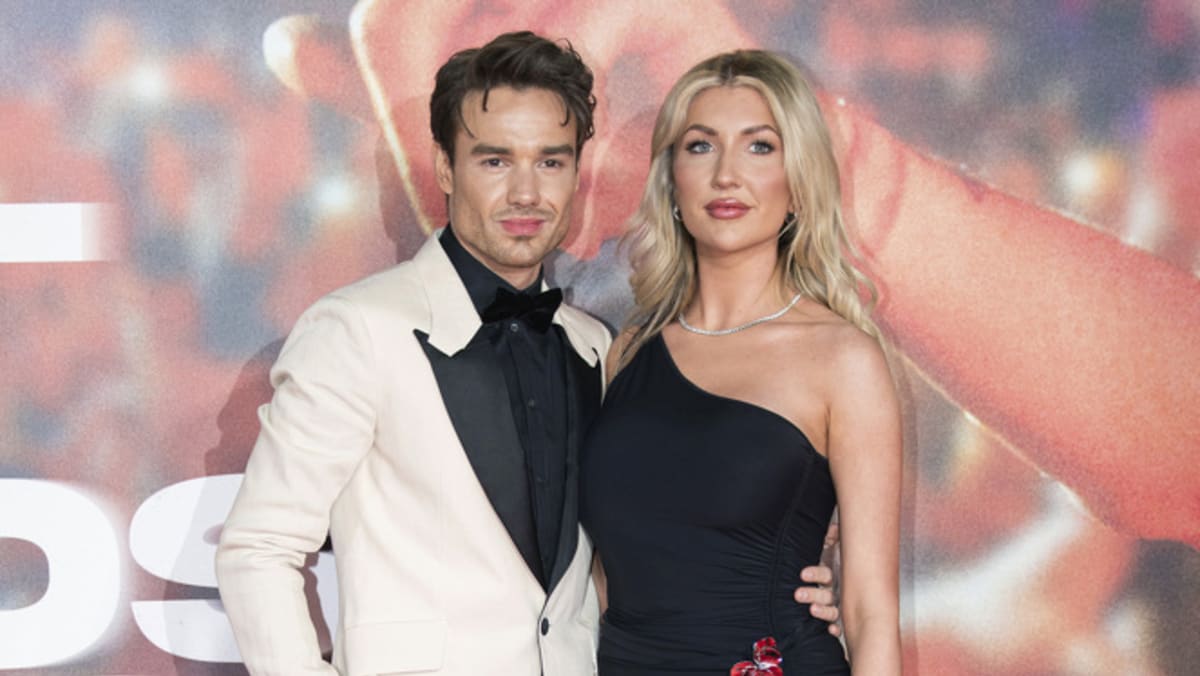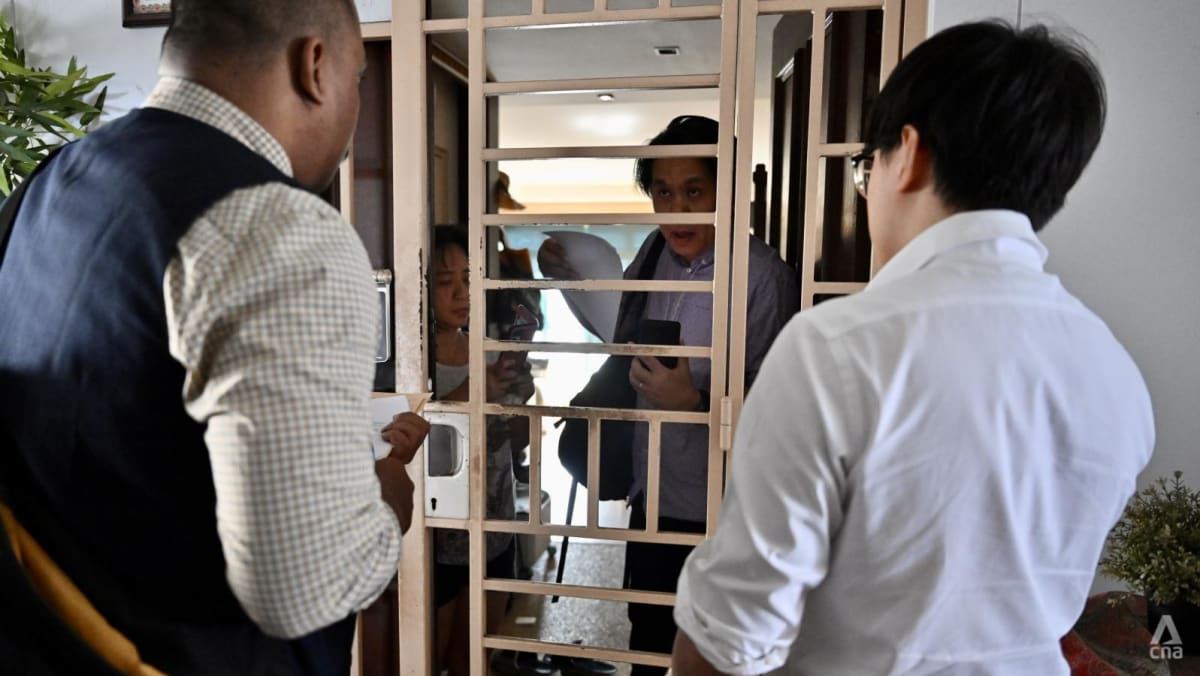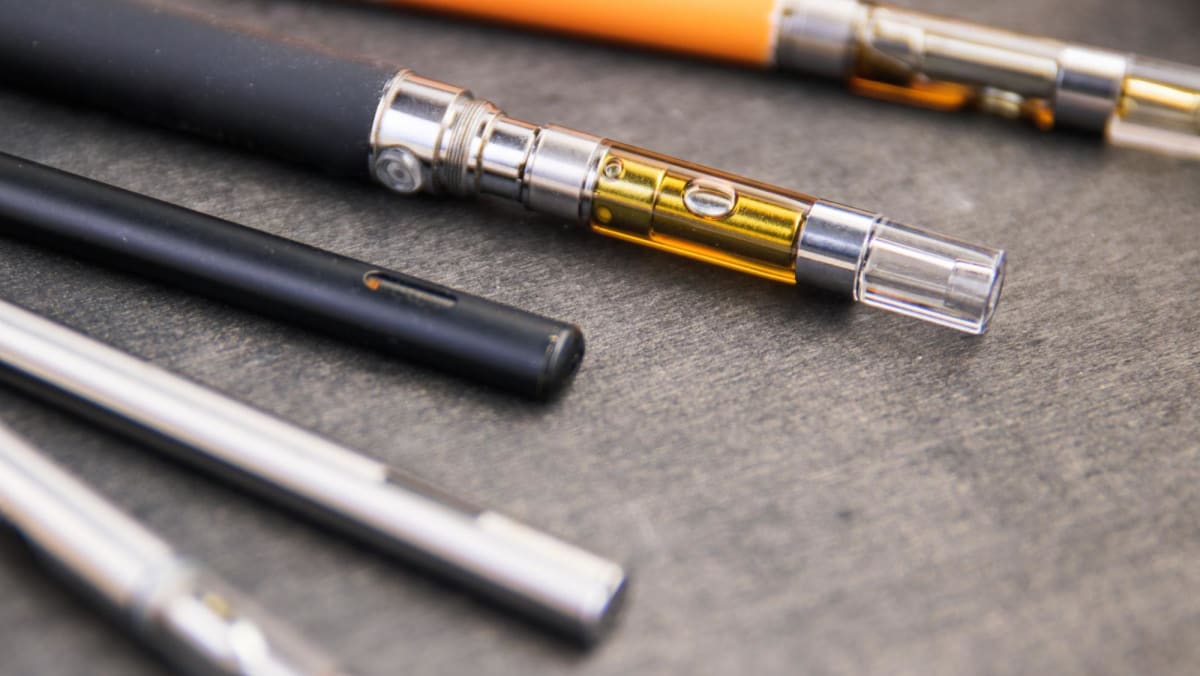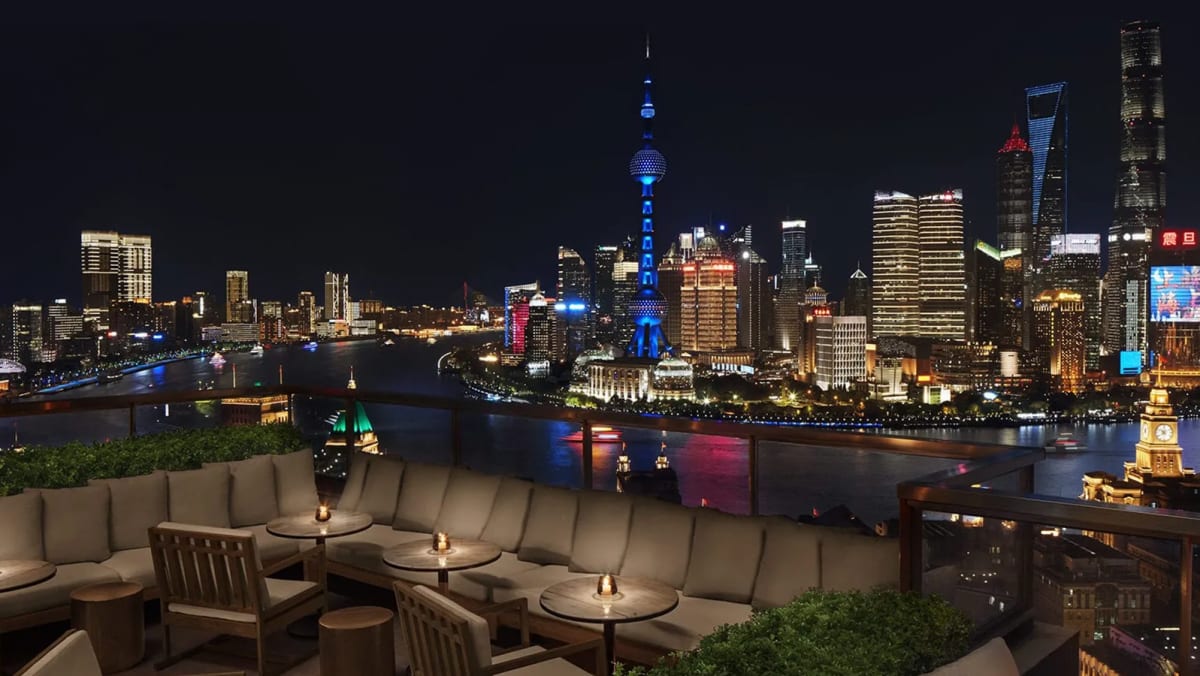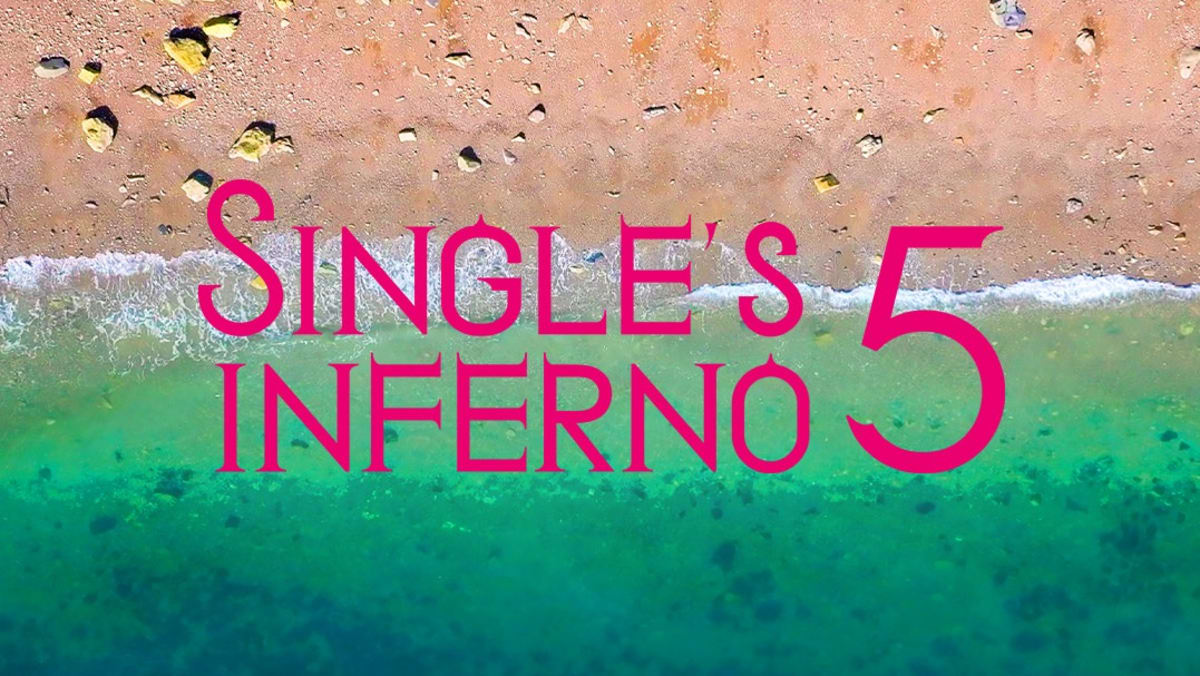Back in primary school, despite being a naturally shy and timid child, I stood out amongst my peers for one particular reason – my unruly, frizzy and very curly hair.
For most of my life, it was a huge insecurity of mine. All the other girls at school seemed to have sleek, straight hair that fell effortlessly in place, while mine had a mind of its own.
To tame it, my mother braided my hair every morning before school, but even then, it always found a way to spring back to its wild curls by the end of the day.
For nearly two decades, I got my hair rebonded – a chemical treatment that permanently straightens hair by breaking down its natural bonds and reshaping them into a sleek, smooth style. Every few months, I would have to spend an entire day at the salon just to straighten out my roots.
It ate up so much of my precious little free time. Sitting still in a chair all day isn't exactly my idea of a good time, either. There's only so many books you can read in a stretch before your eyes get tired.
When I turned 30 in 2022, I finally gave up trying to fight nature and embraced my natural curls.
It started me on a journey of self-acceptance, one where I had to learn to stop running away from my own insecurities and start overcoming them.
BEAUTY STANDARDS AND CULTURAL STEREOTYPES
Growing up as a 90s kid, there wasn't much positive representation for curly hair on the screen. The leading ladies of my favourite movies almost always had straight tresses, while curls were reserved for the more quirky, geeky side characters.
The Princess Diaries is a classic example. In this 2001 film, Mia Thermopolis (played by Anne Hathaway) is an outcast in her high school, often teased and mocked for her huge curly mane. When she undergoes a makeover to become princess of the fictional Genovia, her hair gets straightened and smoothed out and she instantly gains attention, desirability and respect – literally overnight.
In real life, curly hair is usually deemed as unprofessional, unkempt and unpresentable. Straight, sleek hair is deemed as well-groomed, professional and serious.
In the Singapore context, curly or textured hair is often associated with ethnic minorities. My hair texture, a blend of curls from my Malay mother’s side and waves from my Eurasian father, reflects the diversity of my heritage.
I often faced teasing in school because of my hair, simply for looking different. Kids would put pen caps into my curls and pull them out, laughing when the strands got caught.
I was not the only “victim”. Another girl in my class had curls like mine and was nicknamed “Bermuda Triangle” by our classmates. They would toss small objects like eraser dust into her hair and laugh when they got lost in her curls.
For my entire childhood and then teenhood, most hair salons just didn’t know how to handle textured hair like mine. I never really got over one particular memory of a hairstylist calling me “Hagrid”, the beastly giant from the Harry Potter series with unruly hair.
As a result of all the bullying and snide comments I received, I grew up feeling ashamed of my hair. From such a young age, it was easy for me to believe every hurtful comment – my hair's not beautiful, I thought.
On hindsight, it was a difficult experience for someone so young and impressionable. It deeply affected my self-esteem and shaped the way I saw myself. Whenever I looked in the mirror, I'd think that the only way I could feel confident was if I had sleek, straight hair, just like everyone else.
RECLAIMING MY NATURAL CURLS
By the time I turned 12, I’d had enough. I convinced my mother to let me get my hair rebonded.
To my relief, she said yes. But what I didn't know was that this decision would lead to years of obsessing over my hair.
Once I started trudging to the hair salon for my bi-yearly hair rebonding treatment, I kept up with it all the way till my late 20s.
For 18 years, I had straight hair. I felt more put together – like I finally fit into the mould of what was considered to be “beautiful”.
But keeping my hair straight turned out to be its own ordeal.
In between rebonding appointments, whenever the regrowth became visible, I pulled and pushed my hair with a hot iron straightener. Every time my natural curls fought through, I basically tortured them back into straightness.
I hated rain with a vengeance. Every drop of water would ruin all my effort, restoring my hair to its “factory settings”, to quote one of the world’s biggest pop stars, Taylor Swift.
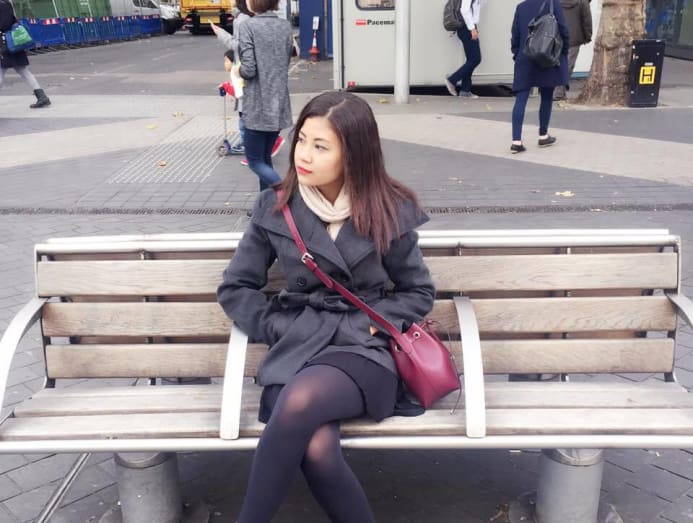 A 2016 photo of the writer with straight hair. In between bi-annual rebonding treatments, she used hot tools to keep her natural curls at bay. (Photo: Melissa Stewart)
A 2016 photo of the writer with straight hair. In between bi-annual rebonding treatments, she used hot tools to keep her natural curls at bay. (Photo: Melissa Stewart)
Most importantly, I didn’t feel free.
Years of forcing my hair into a texture it wasn’t meant to have made me overly reliant on the hair straightener. I couldn't go anywhere without it, not even a fun beach getaway with friends where we didn't have to look nice all the time.
I hardly ever indulged in a swim in the pool or the sea, for fear of getting my hair wet. Getting ready for work each day was also an ordeal, as I had to wake up hours early just to touch up my hair.
Every big event – from birthdays to holidays and gatherings – had to be planned around my salon appointments, just so I could feel confident with “nice” hair.
When I was turning 30, I experienced a sudden bout of alopecia areata (an autoimmune condition where the body attacks the hair follicles, causing patchy hair loss). I realised just how tired I was every time I visited the salon or picked up my straightener. I didn't want to spend another day trapped in a chair, or enduring the heat from a hot tool tugging and pulling at my hair.
My hair and I had been through enough. It was time for me to start taking better care of us both.
Whenever I looked in the mirror, I'd think that the only way I could feel confident was if I had sleek, straight hair, just like everyone else.
I plucked up the courage to cancel my next rebonding appointment, and put my straightener away. I also sought out a new hairstylist, one with curly hair who could teach me how to care for my own.
Growing out my curls was a long journey on its own, but to my surprise, I began getting more compliments once I started stepping out with curly hair.
People seemed to appreciate that I looked different – a stark contrast to how I had been treated growing up. It made me wonder: Had it always been my own deep-rooted insecurities that held me back from embracing my curls?
I had spent years chasing the “perfect” straight hair in hopes of gaining self-confidence, only to discover that true confidence had nothing to do with it. I had to learn to love the hair I was born with.
Owning my natural hair has also given me a deeper connection to my mother, who passed away two years ago. Her beautiful curls were part of her identity and one of the things I remember most about her.
Over time, as I learnt to care for my textured hair, I started to reframe my perspective, seeing my curls not as a curse, but as a gift from my mother and my ancestors.
Now, with curly hair, I have never felt more like myself.
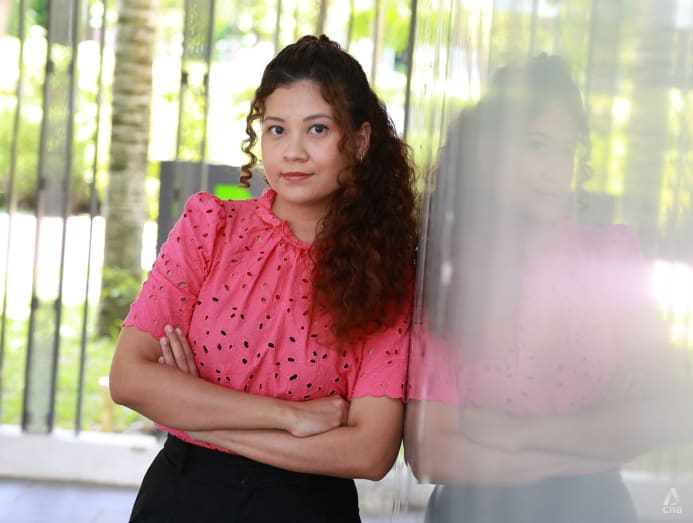 During her schooling years, CNA Lifestyle's Melissa Stewart often faced teasing because of her hair. (Photo: CNA/Melissa Stewart)
During her schooling years, CNA Lifestyle's Melissa Stewart often faced teasing because of her hair. (Photo: CNA/Melissa Stewart)
THE CURLY GIRL MOVEMENT
It turns out, I’m not the only “curly girl” who's finally embraced her natural hair texture.
In recent years, the Curly Girl Movement has gained momentum on social media platform TikTok, where users started sharing their journey to appreciating their curls and learning how to style them.
Popular culture is increasingly embracing different hair textures. In the US, celebrities such as Zendaya, Alicia Keys and Tracee Ellis Ross proudly rock their natural curls.
Even Disney has made strides representing curly hair in its animated offerings, with characters such as Merida from Brave, Mirabel from Encanto, Moana, and Tiana from The Princess and The Frog.
In my opinion, when it comes to Asian representation, progress feels a little slower. Sleek, straight hair is still the default beauty standard. Locally, I can only think of a few celebrities who wear their curls or waves loud and proud – such as model and singer Iman Fandi, as well as actress and presenter Munah Bagharib.
This is also reflected in the availability of curly hair products in Singapore. While they can be found in physical retailers such as Sephora or online with sites such as Amazon or iHerb, options remain limited. In the US and Europe, I can easily walk into any pharmacy and buy curly hair products off the counter.
For fellow curly girlies who are still hesitant about putting down the hair straightener, I get it. It’s a long process, one which requires a lot of patience and, more importantly, the courage to overcome your own insecurities.
But here’s my advice – you’ll never know until you try.
And when you do, you just might like your new look, and maybe you’ll even discover a version of yourself that you’ve been missing.
Melissa Stewart is a senior journalist at CNA Lifestyle.
If you have an experience to share or know someone who wishes to contribute to this series, write to voices [at] mediacorp.com.sg with your full name, address and phone number.

